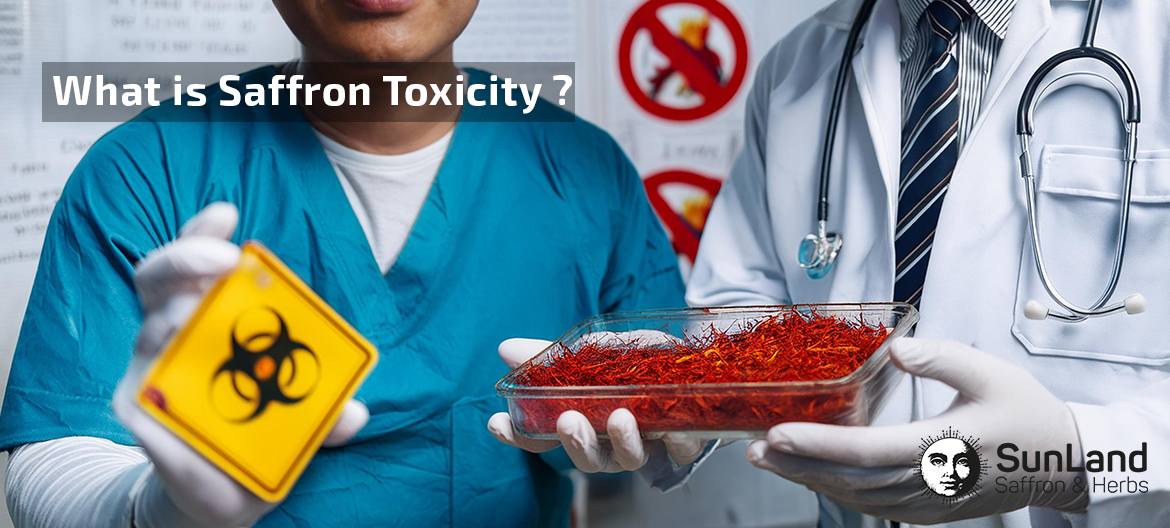22/12/2022
Greenhouse Saffron; All Questions Answered!
Saffron can be cultivated in soil and greenhouse environments. Surely, greenhouse saffron differs from soil-cultivated saffron in many ways. Nowadays, the idea of greenhouse cultivation methods has been raised in recent years. Therefore, such cultivation method is becoming popular in different countries, even in Iran. Generally, where there is no good soil and appropriate weather condition to grow saffron, greenhouse farming can be an option to consider.
Before closing this topic, we explained the differences between greenhouse and traditional cultivation methods from different aspects.
Aeroponic or hydroponic are two variations of saffron greenhouse cultivation methods, which are customized for different environmental conditions. In future blogs, aeroponics and hydroponics cultivation method will be compared, while this blog post focuses on different aspects of producing greenhouse saffron, its features, and benefits.
Greenhouse saffron features
The main features of saffron greenhouse farming include:
- Reduced water consumption
- The possibility to control environmental conditions
- The easier saffron harvesting process
- Reduced costs in large-scale saffron greenhouse farming
- Reduced microbial load of the saffron product
How to cultivate greenhouse saffron?
Light, temperature, and humidity are the most important factors in growing saffron in greenhouse environments. In greenhouse saffron cultivation, it is best for saffron bulbs to never come into direct contact with water. Below, you will find the stages of planting saffron in greenhouse:
1- Providing cultivation hall in the greenhouse structure
As the first step to cultivating greenhouse saffron, the basics of the greenhouse environment, including the type and structure of the greenhouse should be considered. The main required greenhouse equipment includes:
- Closed environment, storage, or roofed salon: a room or greenhouse in which humidity and temperature are controllable as a cultivation hall.
- Big bulbs: the bigger the saffron bulbs are, the greater yield you will achieve. For every 150 m of space, with
lots of shelves, you will need 6 tons of saffron onions.
- Saffron bulb holders
- Establishing a cooling system (cooler or fan)
- Heating Thermometer system
- Moisture supplier (fogger),
- Agricultural land to move saffron bulbs to the soil after flowering.
- Standard wooden shelves and trays
- Controlling sensor for temperature and humidity (heater and cooler)
2- Providing good quality saffron bulb
The next thing you should do is to provide top-quality saffron bulbs under 40-55% humidity levels. The saffron corms are kept in non-greenhouse environment, underground, until September month. Normally, a saffron corm weighs between 8 to 15 grams.15-gram corms can produce double flowers.
3- Saffron cultivation time
September is time to transfer saffron onions from farms to the cultivation hall. This normally takes place in late September, after disinfecting the salon and saffron bulbs.
Once the saffron is placed in the lead, the farmer should make sure that they do not receive any sunlight, and control temperature and humidity around 23-25 ̊C and 75-85%, respectively. More importantly, the farmers should make sure that saffron onions do not receive water as it produces roots in the saffron bulb. The onions should only receive water through the environmental spray and ambient moisture.
4- Greenhouse saffron irrigation:
Saffron bulbs should be irrigated late October to early November time. The initial irrigation has great influence on the saffron flowering time and quality. After saffron harvest, the second cultivation occurs late November or early December. The third irrigation time should be done during February.
5- Greenhouse saffron harvest:
In October, minor sprouts begin to grow, which should be immediately removed. At this stage, the environment temperature should be set around 17 C.
In late November and early December, the saffron bulbs start to flower and this takes around 15 to 20 days. Remember to pick flowers every day.
Why greenhouse saffron has gained popularity?
Some believe greenhouse saffron cultivation is easier than soil-cultivation method and requires more initial capital.
Soil-cultivation method cannot be performed in all weather conditions. For examples, farmers in southern regions of Iran or tropical countries like Qatar, cannot choose to plant saffron. On the other hand, with greenhouse cultivation method, farmers can control the temperature and humidity levels. This makes an ideal environment to farm saffron.
Also, greenhouse cultivation method is good for drought occasions, and regions with low water supply. In traditional cultivation method, more water should be used to grow saffron.
Cons and pros of greenhouse saffron:
The greenhouse cultivation of saffron is becoming a trend, especially in countries with water shortage crises. Below you can find the benefits of greenhouse saffron cultivation:
- This method is space-efficient, the maximum use of a little space can be performed.
- The cultivation of saffron can be processed everywhere.
- The saffron harvesting process is facilitated.
- The farmer can easily adjust humidity and light requirements.
- Producing saffron in a controlled hygienic environment condition, away from kinds of contamination.
- Limiting direct sunlight and producing more quality products.
- Easier control of pests and potential diseases.
On the other hand, the production of greenhouse saffron has some disadvantages, which are listed below:
- This method requires more time and labor (therefore this increases the costs of the final product.)
- The cost of initial greenhouse establishment is high with longer ROI time frame.
- Requires larger onions compared to soil cultivation, resulting in increased costs, in its turn.
- The cost of removing saffron bulbs from the ground, sorting and moving them to the greenhouse will be so much more than cultivation of saffron in soil because it should be done every year
- The cost of returning saffron bulb after flowering is high, and this process should be repeated every year.
Differences between greenhouse and traditional saffron cultivation
Greenhouse saffron cultivation differs from traditional cultivation method, in various ways such as:
Growing Environment: In the greenhouse method, the plants are grown in a controlled environment. On the other hand, in the traditional cultivation method, the farmer has no control over climate, pests, and other conditions.
Temperature and Light Control: Light and temperature can be controlled in the greenhouse method, while in the traditional cultivation method, the plant may be exposed to various natural temperatures and sunlight, depending on its geographical place and sudden climate changes out of human control.
Seasonality: In the traditional cultivation method, farmers can only harvest saffron flowers in autumn, while in the greenhouse method, farmers can mimic the desired growing season indoors to enable year-round production of saffron.
Yield and Quality: Compared to the traditional saffron cultivation method, in the greenhouse method more quantity of saffron product at higher quality is yielded due to environmental uncertainties and limited control over growth conditions.
Plant Protection: Obviously, in the greenhouse method the product is protected against diseases, pests, risk of crop damage, and extreme weather conditions, while this cannot be true for the traditional saffron cultivation method.
Resource Consumption: In traditional cultivation, the farmer should rely on natural resources like sunlight rain, and even suitable lands. On the other hand, in a greenhouse more resources such as lighting, irrigation, and energy are required.
Cost: In terms of the cost of saffron cultivation, growing saffron in a greenhouse involves higher initial investment and ongoing operational costs because it requires maintaining a controlled environment and infrastructure.
Final thoughts
Farming saffron in greenhouse conditions may be a very good idea if you are looking for a way to make money from your greenhouse. This post explores different aspects of the saffron greenhouse cultivation method including features, how-to, required tools, and cons and pros. This can be a very quick guide to help you decide whether to start farming greenhouse saffron or not.











